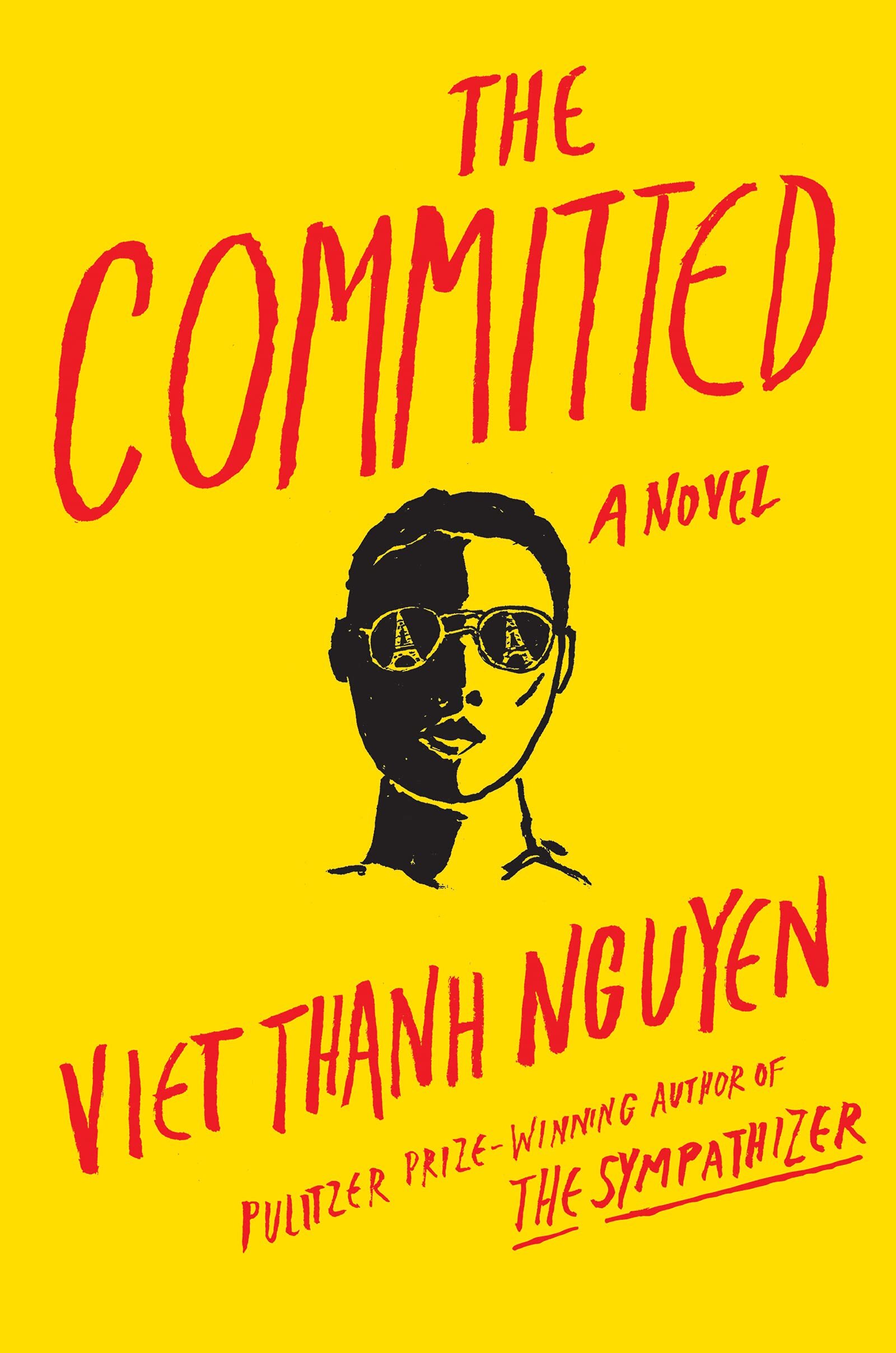Where You’ll Find Me: Risk, Decisions, and the Last Climb of Kate Matrosova
Synopsis: On February 15, 2015, Kate Matrosova, an avid mountaineer, set off before sunrise for a traverse of the Northern Presidential Range in New Hampshire’s White Mountains. Late the following day, rescuers carried her frozen body out of the mountains amid some of the worst weather recorded on these deceptively rugged slopes. At thirty-two, Matrosova was ultra-fit and healthy, and had already summited much larger mountains on several continents. Her gear included a rescue beacon and a satellite phone. Yet, despite their best efforts, more than forty expert search and rescue personnel, a New Hampsire National Guard Blackhawk helicopter, and a Civil Air Patrol Cessna airplane could not reach her in time to save her. What went wrong? Where You’ll Find Me offers possible answers to that question. Kate Matrosova’s story—what we know and what we will never know—is a compelling case study in risk analysis and decision-making.
Review: I have to admit to an unhealthy fascination with this story. I have had the pleasure (and pain!) of hiking the Presidential Traverse, and it’s a huge physical challenge under optimal summer conditions. For most people it is a multi-day hike. To plan a single day, winter traverse alone? Seriously audacious. When this occurred, a bad winter storm was forecast and it wasn’t a surprise , which only added to the “what was she thinking” element. I thought the author treated her story with sensitivity and compassion. Gagne instead chooses to focus on her preparation and planning—which was good !— and the risks she chooses to take, which turned out not so good. I really enjoyed hearing about how the rescue teams mobilized and acted. These are some very dedicated and brave individuals, and they deserve a lot of recognition.
Rating: 4/5
Recipe: No Churn Cherries and Cream Ice Cream. Mount Madison is the first peak of the Presidential traverse, and President Madison’s first food was reportedly ice cream, popularized by his wife Dolly Madison at the White House.
Ingredients:
14 ounce can of sweetened condensed milk
2 teaspoons vanilla extract
pinch fine salt
2 cups heavy cream, cold
One 16 oz bag of frozen dark sweets cherries, mashed
1). Whisk together the condensed milk, vanilla and salt in a large bowl and set aside
2) whip the cream with a mixer on medium high speed until firm, about 2 minutes. fold one cup of the whipped cream into the condensed milk mixture with a rubber spatula until combined, then fold into the whipped cream until well blended.
3) Fold in half of the mashed cherries. Pour into a chilled 9 x 5 x 3 metal loaf pan
4) Sprinkle the top with the remaining cherries.
5) Freeze, covered, until solid and scoop able, about 5 hours.







































